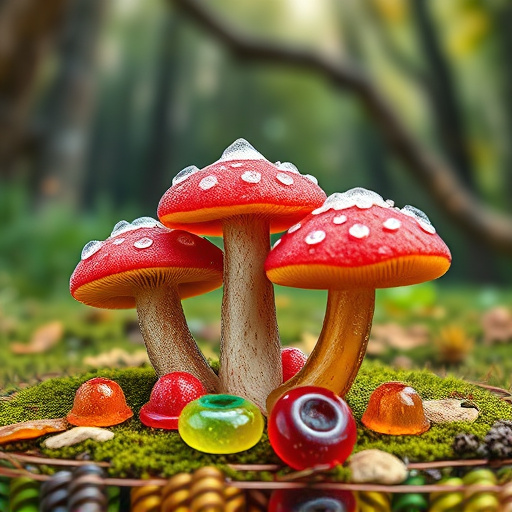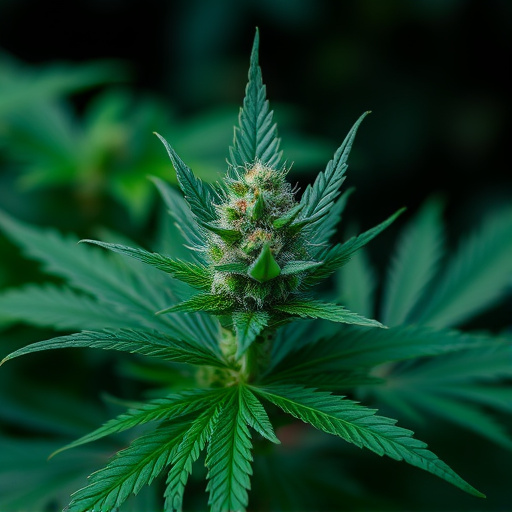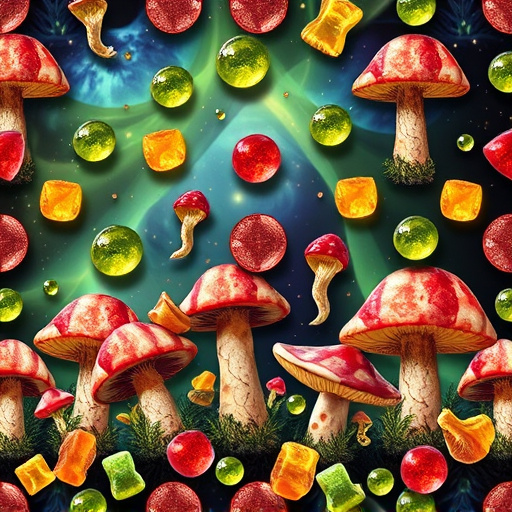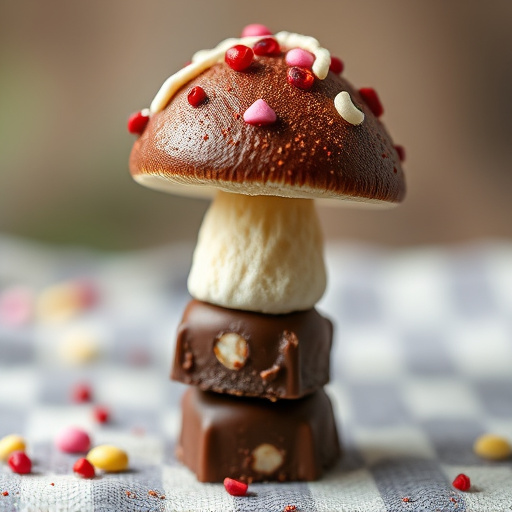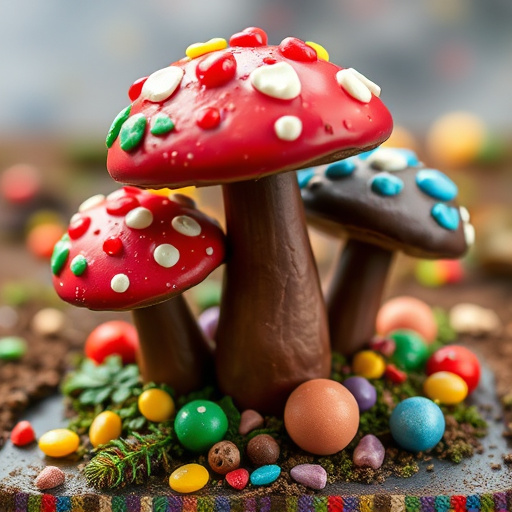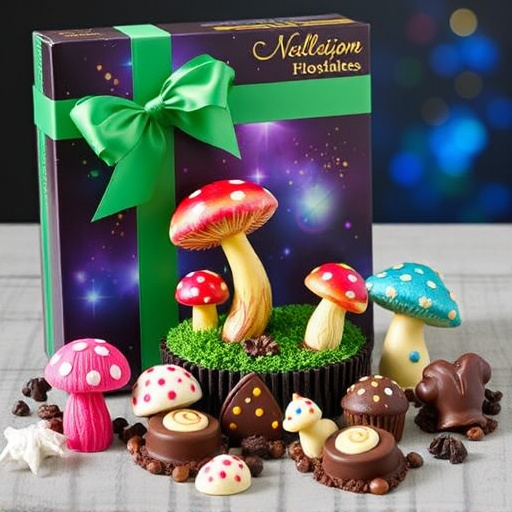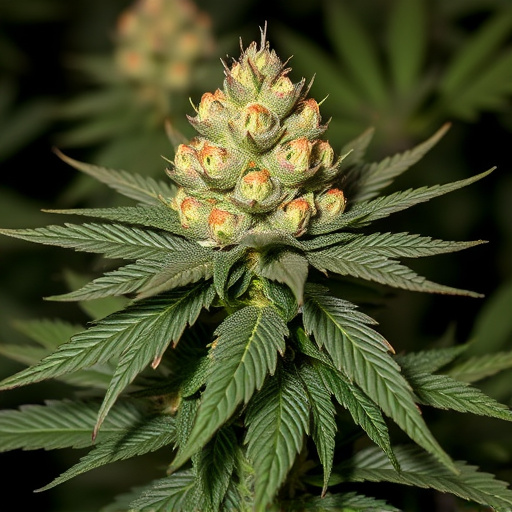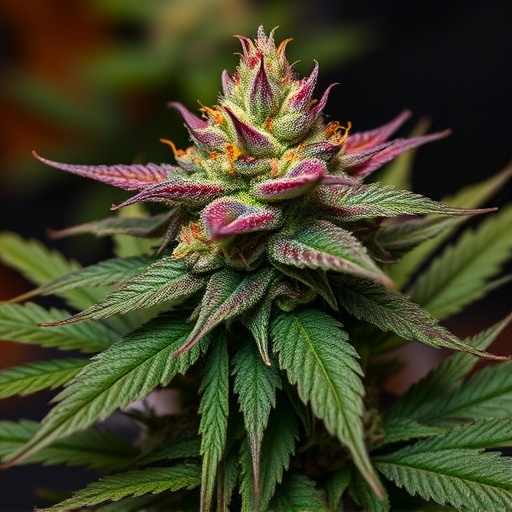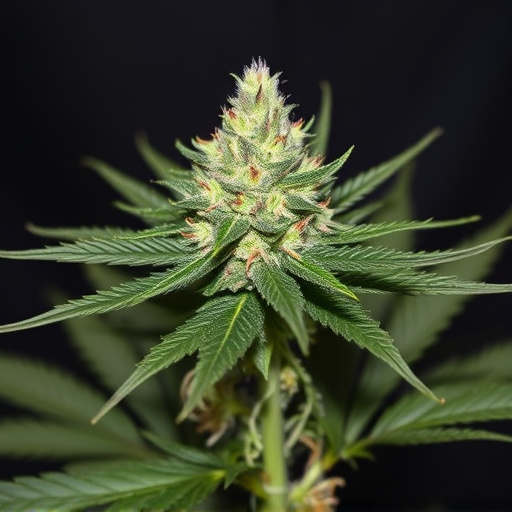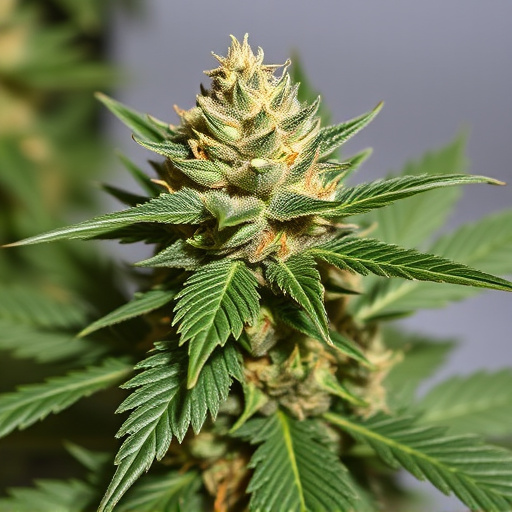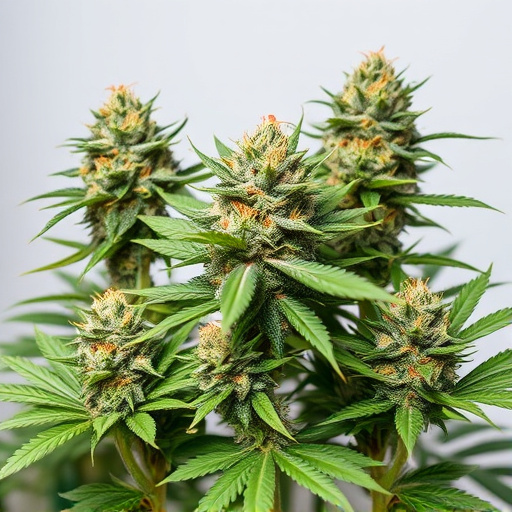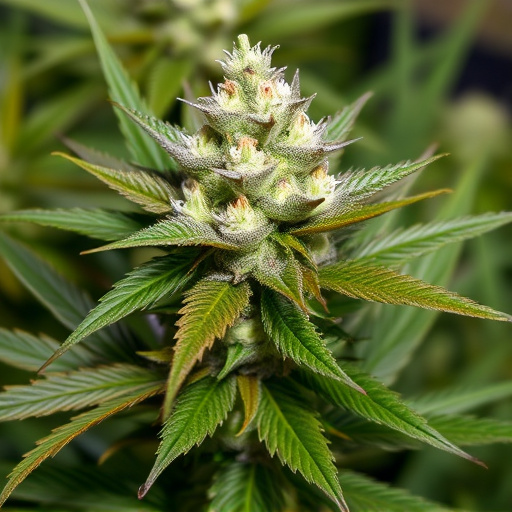“Unveiling the Science Behind Trichomes: Unlocking Cannabis Potency Secrets
Trichomes, tiny hair-like structures on cannabis plants, are the guardians of potency. This article delves into the intricate world of trichomes, exploring their vital role in concentrating cannabinoids, which significantly impact cannabis’ therapeutic properties. We dissect the differences between indica dominant hybrid strains, highlighting their unique trichome characteristics and associated potency levels. Furthermore, we uncover techniques to optimize trichome yield and quality, offering insights for cultivators aiming to harness the full potential of these microscopic marvels, especially within the realm of indica-dominant hybrids.”
- The Role of Trichomes in Cannabis Potency
- – Definition and structure of trichromes
- – How trichomes produce and concentrate cannabinoids
The Role of Trichomes in Cannabis Potency
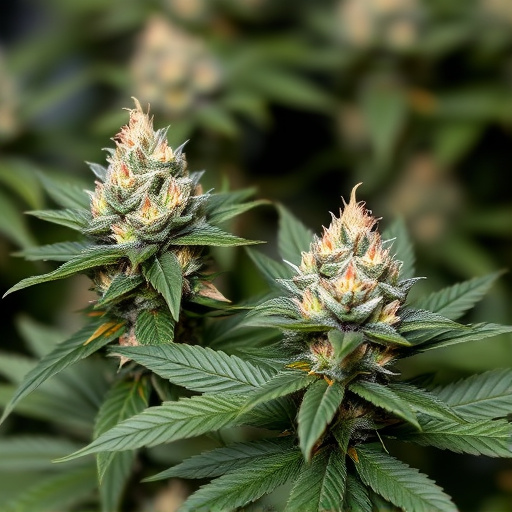
In the world of cannabis, trichomes are tiny but mighty contributors to the plant’s potency and unique properties. These hair-like structures, often microscopic in size, cover the surface of cannabis flowers and leaves. They play a pivotal role in producing a wide range of compounds that give each strain its distinctive characteristics.
Trichomes secrete a variety of terpenes, flavonoids, and cannabinoids, including THC (tetrahydrocannabinol) and CBD (cannabidiol). Indica dominant hybrid strains, for instance, often boast denser trichome coverage, leading to higher concentrations of these compounds. This is why trichomes are considered the building blocks of cannabis potency, influencing not only its psychological effects but also its potential medicinal benefits. Their intricate role in the plant’s chemistry ensures that each strain offers a unique experience, catering to diverse consumer preferences and therapeutic needs.
– Definition and structure of trichromes
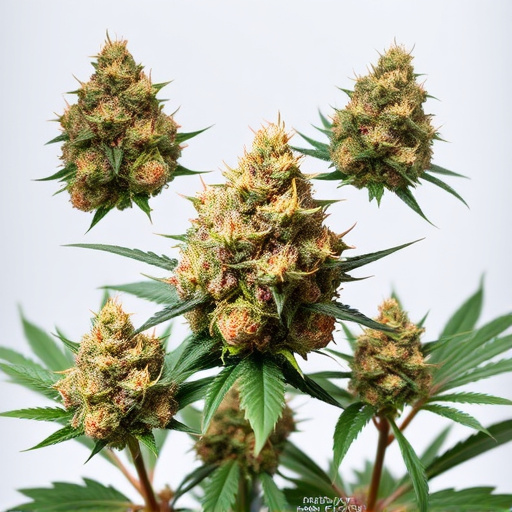
Trichomes are tiny, hair-like structures that play a significant role in cannabis plants, especially when it comes to potency and flavor. These microscopic glands are responsible for producing various compounds, including cannabinoids like THC (tetrahydrocannabinol) and CBD (cannabidiol), as well as terpenes, which contribute to the unique aroma and taste of different cannabis varieties.
In cannabis plants, trichomes can vary in shape, size, and density, depending on the strain. Indica dominant hybrid strains, for example, often have more abundant and larger trichomes compared to their sativa counterparts. The structure of these trichromes is complex, with a head filled with essential oils and cannabinoids, attached to a peduncle that anchors it to the plant’s surface. This intricate design not only influences the plant’s visual appeal but also acts as a defense mechanism against potential threats, attracting beneficial insects while deterring pests.
– How trichomes produce and concentrate cannabinoids
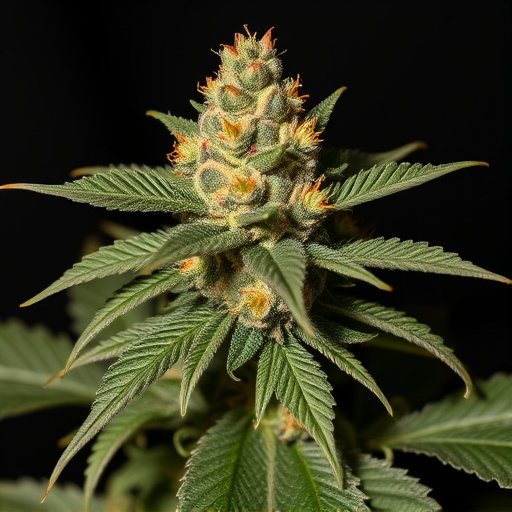
Trichomes, tiny hair-like structures found on cannabis plants, play a pivotal role in producing and concentrating cannabinoids, such as THC and CBD. They act as the plant’s defense mechanism, secreting these compounds to deter pests and pathogens. In the context of indica dominant hybrid strains, trichomes contribute significantly to the overall potency and therapeutic properties. Indica strains, known for their relaxing and sedative effects, often boast higher trichome density and larger heads, indicating a more potent concentration of cannabinoids.
As cannabis flowers mature, trichomes change color from clear to milky or amber, signaling the peak of cannabinoid production. During this stage, harvesting at the right time becomes crucial as it directly impacts the final product’s potency. The process of extracting cannabinoids from trichomes involves various methods, ensuring that the delicate balance of compounds is preserved, thereby maximizing the therapeutic benefits for users seeking specific effects, whether it’s relaxation or energy, provided by different indica dominant hybrid strains.

